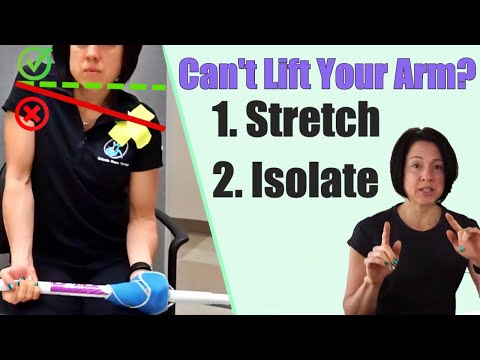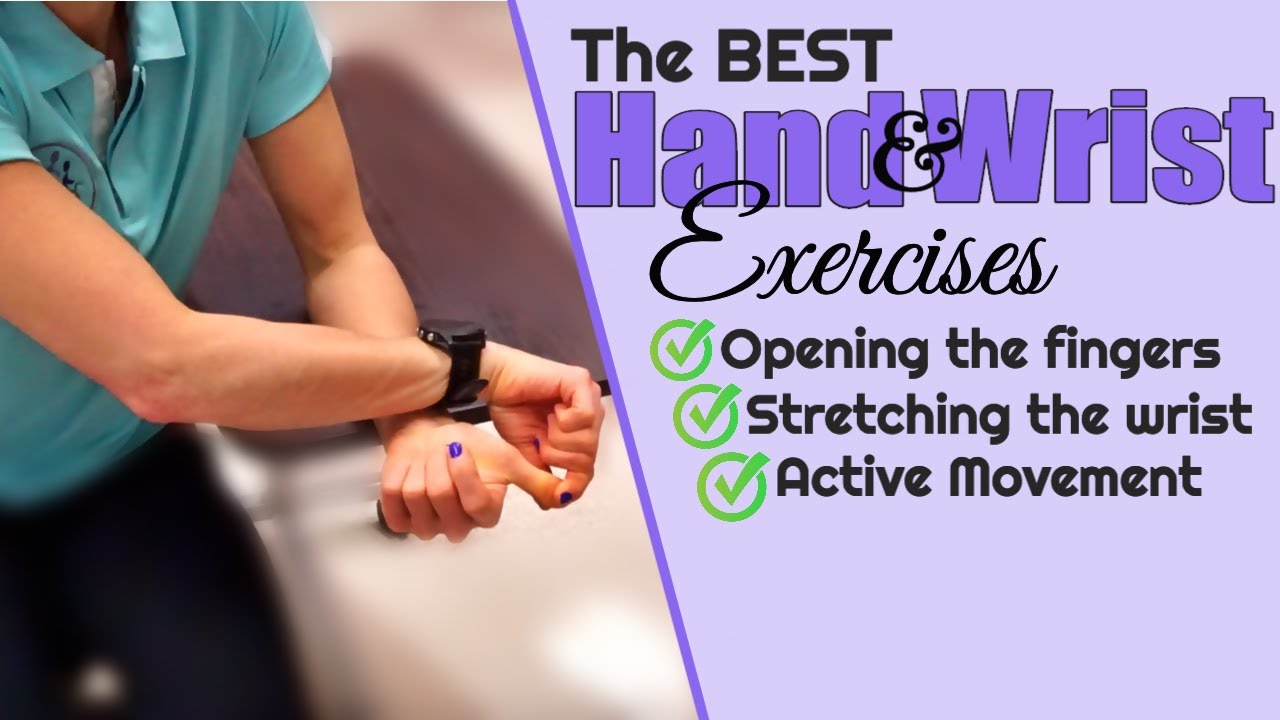Arm exercises after a stroke are critical and should be performed daily. Here are the best exercises and why you should be doing these every day.
Who will benefit from early-stage stroke arm exercises?
The early stage of recovery is considered the first 6 months after your stroke
Time commitment: 30 min daily
In the early stage of stroke recovery arm movement is impaired due to damage to a part of the brain that controls arm movement. During the first 6 months the brain is getting over the shock of the initial injury and undamaged nerves are trying to “wake up” from the “trauma”. With that said, it is critical (during this time) to challenge the brain to re-connect (rewire) with arm movement. Doing nothing might result in further degradation of brain nerves.
Arm Exercises For Stroke Patients (Early Stage): Goals
Prevent muscles and tendons from losing their elasticity
When we don’t move the arm, muscles become stiff and tight. To prevent this, we need to stretch all of the tendons and ligaments daily
Preserve intact brain neurons around the damaged area
While the brain is waking up, the arm might not move because nerves are “bruised”, but not dead. If this is the case, you want to help the arm to move so that these neurons can “wake up” (think about how you hold a small child’s hand to cross a street until their brain is a little more mature and they can do it on their own). To accomplish this, you will perform passive range of motion daily.
For the best shoulder exercises, you can learn more about this in this video
For the best hand and wrist exercises, you can watch this video
The post Arm Exercises For Stroke Patients (Early Stage) appeared first on Rehab HQ.





